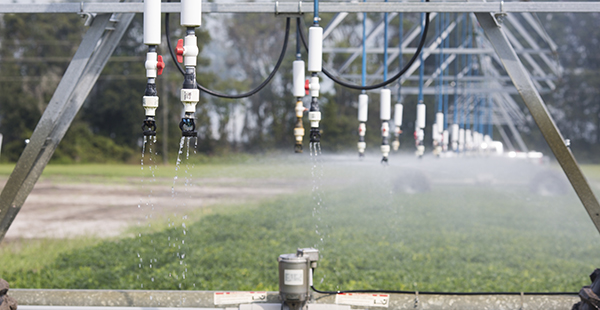Abstract
If we could look into the minds of agricultural producers and environmentalists to see how they think about regional water challenges, we may be better able to help stakeholders understand each other’s perspectives and resolve perceived conflicts. A 2017–2018 study provides visual maps of producers’ and environmentalists’ conceptions of the relationship between water and the regional economy. The maps reveal that the groups think about the topic in fundamentally different ways. While surveyed producers possess an agricultural, operational-level view of the water-economic system that includes the protective actions taken by individual farmers and ranchers, environmentalists possess a watershed-level view of the water-economic system that highlights the detrimental collective impacts of the agricultural industry as a whole. The findings suggest steps that water communicators can take to reduce perceived conflict between the groups.
References
Borgatti, S. P. (1992). Anthropac (4.0). Analytic Technologies. http://www.analytictech.com/anthropac/anthropac.htm
Borgatti, S. P., Everett, M. G., & Freeman, L. C. (2002). UCINET (Version 6). Analytic Technologies. https://sites.google.com/site/ucinetsoftware/home
Brønn, P. S., & Brønn, C. (2003). A reflective stakeholder approach: Co-orientation as a basis for communication and learning. Journal of Communication Management, 7(4), 291–303. https://doi.org/10.1108/13632540310807430
Chong, D., & Druckman, J. N. (2007). Framing theory. Annual Review of Political Science, 10(1), 103–126. https://doi.org/10.1146/annurev.polisci.10.072805.103054
Fiske, S. T., & Taylor, S. E. (2017). Social cognition: From brains to culture (3rd Edition). Sage Publications, Inc.
Hundemer, S., & Monroe, M. C. (2020). A co-orientation analysis of producers’ and environmentalists’ mental models of water issues: Opportunities for improved communication and collaboration. Environmental Communication, 15(3), 320–338. https://doi.org/10.1080/17524032.2020.1828128
Kearney, A. R. (2015). 3CM: A tool for knowing “where they’re at.” In R. Kaplan & A. Basu (Eds.), Fostering reasonableness: Supportive environments for bringing out our best (pp. 273–294). Michigan Publishing.
Kearney, A. R., & Kaplan, S. (1997). Toward a methodology for the measurement of knowledge structures of ordinary people: The conceptual content cognitive map (3CM). Environment and Behavior, 29(5), 579–617. https://doi.org/10.1177/0013916597295001

This work is licensed under a Creative Commons Attribution-NonCommercial-NoDerivatives 4.0 International License.
Copyright (c) 2024 UF/IFAS

